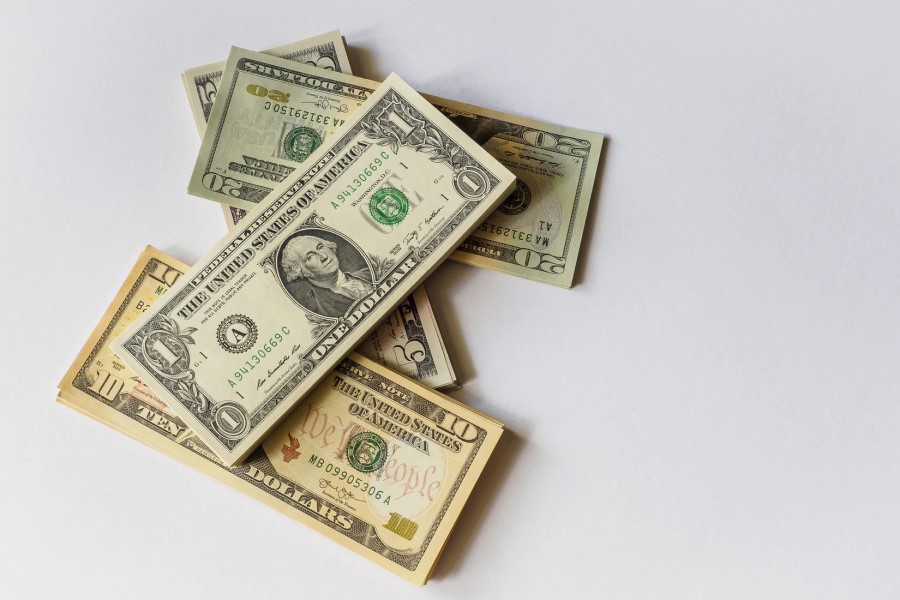After uncertain shifts in the US stock market, Chey Phillips reported that the Dow-Jones index closed with a gain of 0.3 percent at 26,543.33 points on April 24. In line with this, growth estimates exceeded expectations, but the US currency has recently slipped in value due to fears of unemployment. In addition, Bloomberg described how the dollar dropped in value on 8th May after US interest-rate futures reflected the risk of policymakers taking negative interest rates to boost the economy.
In terms of trade deals between the US and China, the US dollar had risen on 4th May due to risk-off sentiment stemming from tensions between the two countries. A press release by Reuters elaborated on the recent statements from President Trump and Secretary of State Mike Pompeo, and how they have contributed to the issue, claiming that China is allegedly to blame for the pandemic.
As a result, Ed Moya, senior market analyst at OANDA predicts that investors will become more conservative, leading to a steady stream of safe-haven flows, which should boost the dollar’s value. While there might be shifts and increasing volatility in the market, speculators predict that signs point to a stronger dollar overall. On 7th May, the Office of the USTR reported that a conference call took place between Vice Premier Liu He, US Treasury Secretary Steven T. Mnuchin, and Ambassador Robert Lighthizer, strengthening the trade relations between the two countries.
Across the rest of the world, stocks have generally risen as investors discuss the reopening of economies. The Stoxx Europe 600 index showed gains, with auto and construction shares contributing to these profits, while the Nasdaq Compositae also became positive. In Asian markets, Japanese stocks lead the pack with a significant boost in value.
However, a recent report from the National Committee on US-China Relations suggests that there has been a notable decline in Chinese financial investment in the US during the first few months of 2020. Previously, figures showed that China made $2 billion (£1.61 billion) in direct investments on average per quarter last year.
In contrast, they invested only $200 million (£161 million) in direct investments so far. On the other hand, American companies have announced their move to provide $2.3 billion (£1.85 billion) in direct investment projects in China, which is only slightly lower than last year’s average. In line with these actions, the report claims that US companies aren’t making huge reductions in their Chinese investments. “Our two countries are still far from decoupled, but the trend lines are not pointing in the right direction,” claims Stephen Orlins, president of the National Committee on US-China Relations, in a statement released with the report.
Due to the current pandemic, even algorithms and robotic trading systems are having trouble with their automated approaches in the markets. Before making any moves in the forex market, FXCM explains that you should keep track of the pip to help you determine the potential profit or loss that can result from your actions. Pip value will aid in finding the ideal position size for a trade, minimising risk. This is particularly vital, as Ayako Sera who is a market strategist at Sumitomo Mitsui Trust Bank notes that the global pandemic has led to unprecedented shifts in the forex market: “Because this is an unprecedented pattern, you cannot find any historical example, and where there is no example, even artificial intelligence cannot find an answer.”



